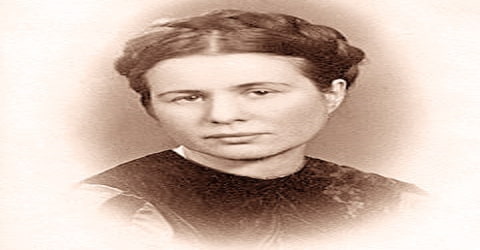A bipolar junction transistor (BJT) is a type of transistor in which both electrons and electron holes serve as charge carriers. In contrast, a unipolar transistor, such as a field-effect transistor (FET), employs only one type of charge carrier. It is a type of transistor made up of three semiconductor regions: the emitter, base, and collector.
A bipolar transistor uses a small current injected at one of its terminals to control a much greater current flowing between the terminals, allowing the device to be used for amplification or switching. BJTs are fundamental building blocks of electrical devices that are widely employed in amplification and switching applications.
Types
BJTs can be classified into two types: NPN and PNP. The emitter in an NPN transistor is constructed of N-type semiconductor material, while the base is made of P-type material and the collector is composed of N-type material. Doping polarities are inverted in PNP transistors.
BJTs make use of two p-n junctions between two semiconductor kinds, n-type and p-type, which are areas within a single crystal. The junctions can be formed in a variety of ways, including adjusting the doping of the semiconductor material as it grows, depositing metal pellets to generate alloy junctions, or diffusing n-type and p-type doping chemicals into the crystal.
Operation
BJTs are distinguished by their three-terminal operation. Current flows between the emitter and collector terminals, which is regulated by the current or voltage provided to the base terminal. The amount of current flowing between the emitter and collector is usually significantly more than the current going into the base terminal, making the BJT an amplifying device.
The better predictability and performance of junction transistors quickly replaced the original point-contact transistor. Diffused transistors, along with other components, are part of integrated circuits that perform analog and digital tasks. Hundreds of bipolar junction transistors can be manufactured in a single circuit at a very low cost.
Applications
BJTs can be used in various applications including amplifiers, switches, oscillators, and voltage regulators. However, they have some drawbacks compared to other transistor types, such as MOSFETs, including higher power consumption and lower switching speeds. Nonetheless, they remain important components in many electronic circuits due to their simplicity and versatility.
















